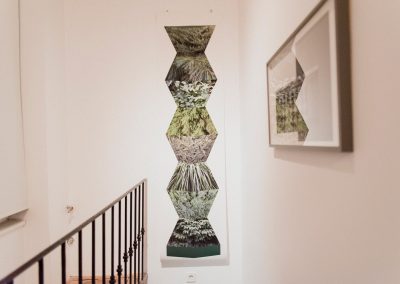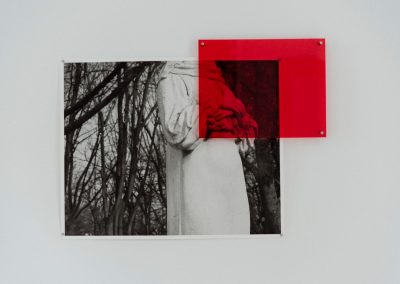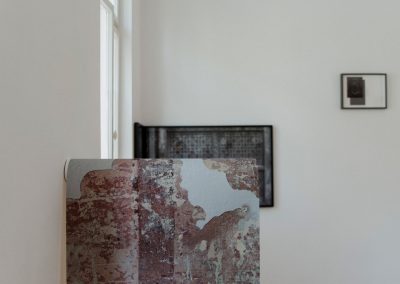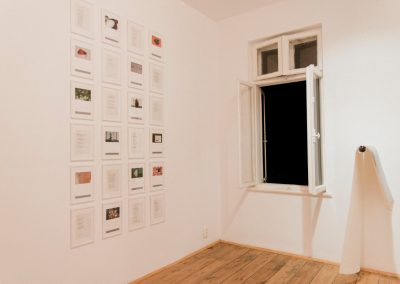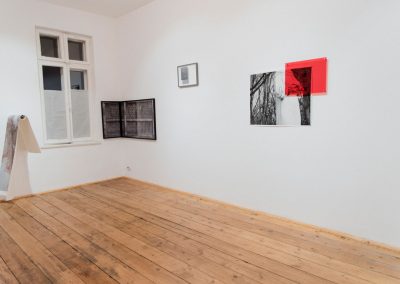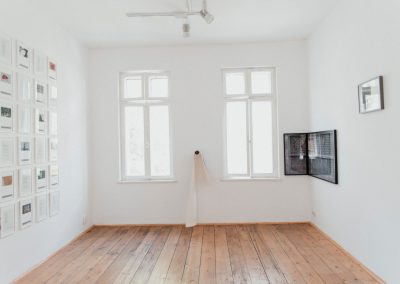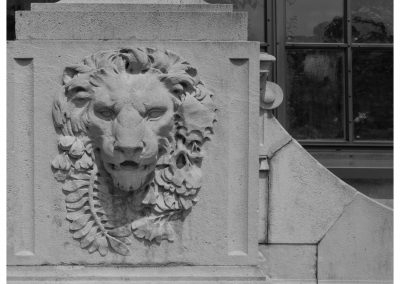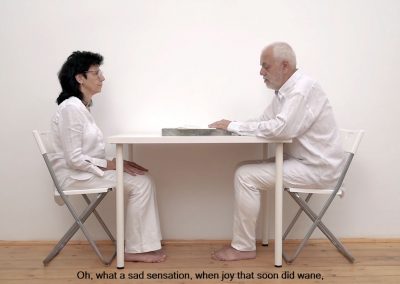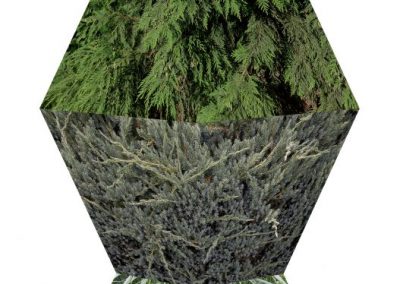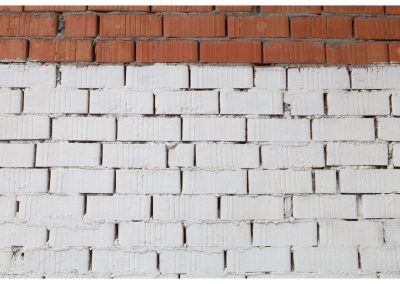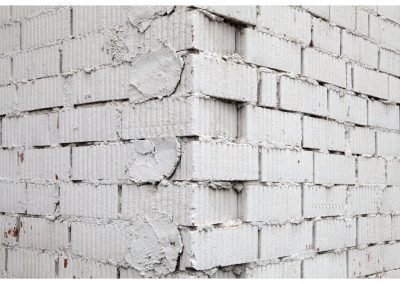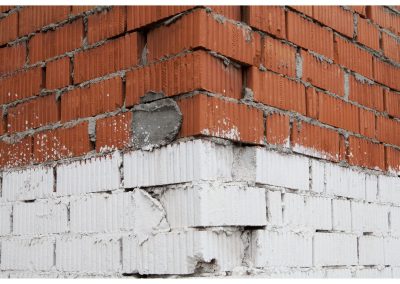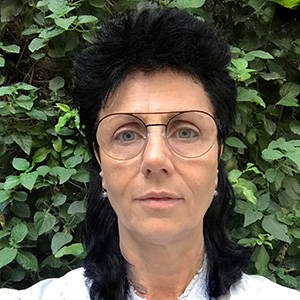 Artistic Residency with Orit Ishay
Artistic Residency with Orit Ishay
Orit Ishay participated at the residency and exhibit her work at Anca Poterasu Gallery in 2018
About Orit Ishay
Born in Tel Aviv, 1961, Orit Ishay liives and creates in Tel Aviv in the fields of Stills Photography, Video Art and Neon installation, she is a lecturer of photography at the Sapir Academic College, School of Art
“My work relates to past and contemporary events, as well as to socio-political questions which affect the structuring of our identity as individuals and as society as a whole. My practice includes still photography, videos and neon works, all of which are usually accompanied of an ongoing theoretical research with which I examine the interrelationships between humans and places, spaces and times.
I think of my works as echo chambers for a cultural-political discourse driven by images. I choose to present reality, as charged and horrifying as it may be, in a seductive manner while I conceal my irony and critical perspective behind the initial attractiveness and beauty of the images. The works, which may appear simple at first, reveal their depth upon a more prolonged observation. This sustained viewing renders more lucid my personal point of view.”
Read more: www.oritishay.com
There Is A Lion Across The River, 2018
Orit Ishay arrives in Bucharest at the end of June and almost immediately dives into exploring the streets of the city, especially the ones configured around the 58 Plantelor Street where her residency takes place, in an old inn-like building. Before leaving Tel-Aviv she begins a theoretical investigation into the area and finds out that Mihai Eminescu, also named “the national poet”, died at the address of Plantelor no.9… Of all the writers, he seems to unite complex symbols of national identity and ethos. A friend loans her a book of Eminescu poems with Romanian-Hebrew translations that she carries at hand as she looks for an angle, a detail, a space within a space of the real and of the symbolic.
The artist thinks of a map of her exploring which will not in true form explain her approach, in fact more interested in the interactions between people and places, the influences prevalent in the formation of identity and nationalism. During her stay in Bucharest, she walks out in the morning and sometimes in the evening, spending some of her time with people she meets in a few coffee shops and tea houses. They read together poems, Dacă Ramuri…, La fereastra despre mare and the people she meets become interested in her own views of the poet, they join in, bring objects for her to photograph, tell her about life-memories and their connections with Eminescu.
Sometimes, they warn about the various interpretations of the writer’s nationalist views, bringing up the poet’s newspaper articles and other biographical details. Orit reads about his love stories, interprets his death because of heartbreak and leaves it at that …This is not really about Eminescu. She asks the people she meets to imagine an object associated with the poems they choose, to find a visual connection to the poetic text to their every-day surroundings. In the exhibition space photographs of objects drape a whole wall alongside images of the pages from the poetry book.
Many other days are spent with images, lines and perspectives, a walk at the Botanical garden where the concrete is left behind for a herbarium heterotopia – it fits perfectly for a collage. Fragments of worlds make place into a Lacanian Universe of another Real, planes intersect and abstract images inform of the surroundings in shifting perspectives. Photographical images transform into active visual fragments, peeling off the outer layers of the urban landscape least we discover more of its underlying network that binds and also disrupts social frights, communities, built-in gates of access or intricate labyrinths.
Orit Ishay brings previous prints of her work into the exhibition space, uncannily connecting elements from different spaces: the ceiling fresco of the gallery mirrors, darkly, another wall where a school for girls became the Musrara School of Photography and New Media. We see fragments of Israel, we see fragments of Bucharest from different years from her pasts visits and exhibitions at MNAC. The artist films a video in the gallery space in addition to a new series of still photographs that she developed during her residency stay this month, colours are desaturated from photographical images to a point where the image looks like a digital scan of an object, of a bird detail from a stove, of a symbol carved into a decoration of the building. Through this apparently barren defragmentation, a stone lion meets them across a river unseen.
ARAC is a non-profit organization founded in June 2012, in order to produce and promote contemporary art in Romania and abroad. The initiative of the 58 Plantelor Residency belongs to Anca Poterasu, gallerist and ARAC President. The first edition of the Residency took place in 2015 and it was financed through a grant offered by Norway, Iceland, Liechtenstein and the Romanian Government.

